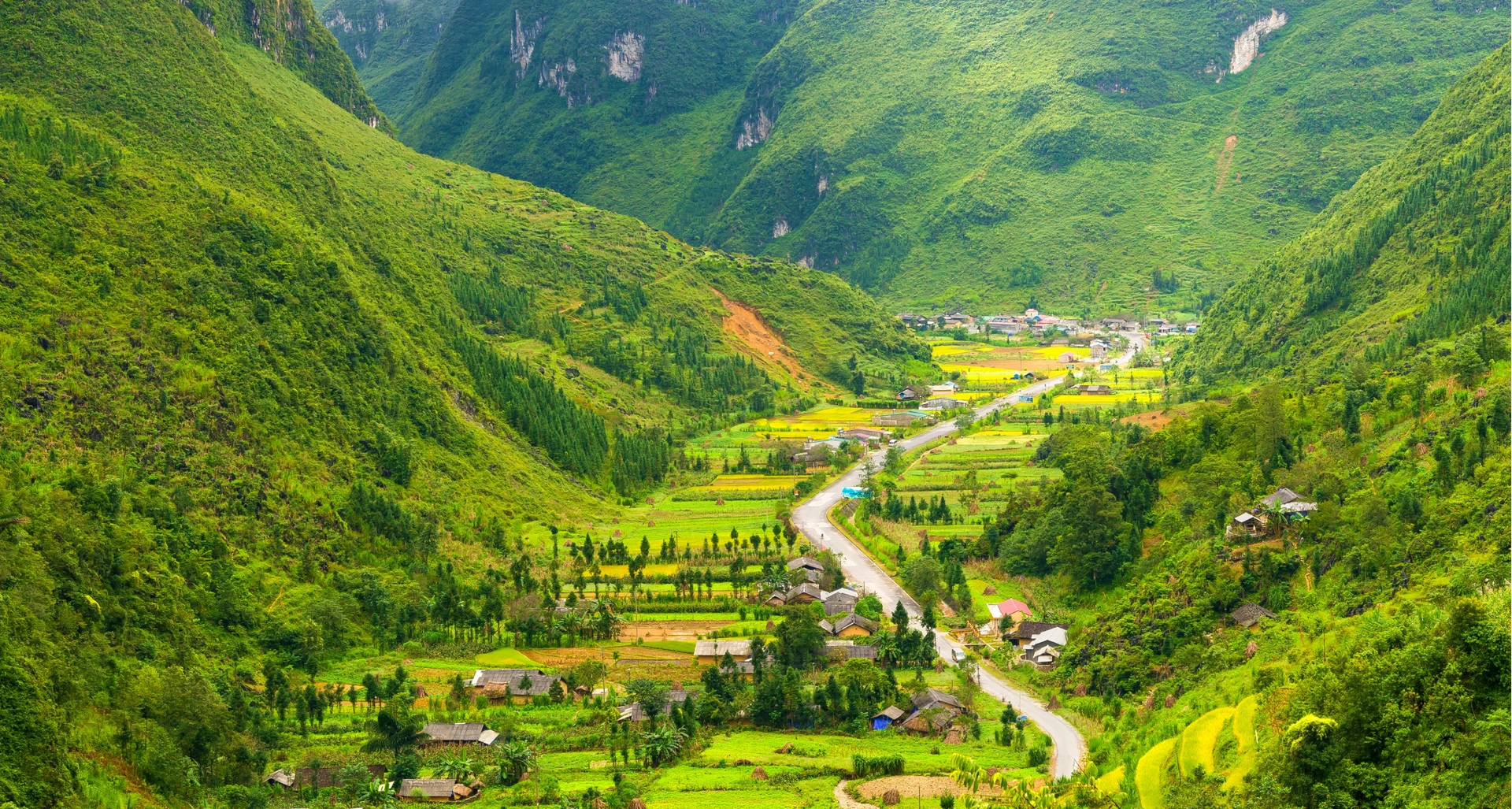Where to go at any time will depend a lot on your decision. If you want to visit the sunny beaches of the central region, you can opt for the dry months from February to June, before the winter season. If you come to Vietnam to hike in the highlands, October to March is ideal.
It is important to note that the weather can change a lot when traveling across Vietnam. The country stretches 1650km from north to south, including high mountains in the north and flat tropical wetlands in the Mekong Delta. The North can be very cold in winter, from December to February. The highlands around Sapa may experience snowfall while the delta always maintains a temperature of 25°C.
To help you plan a perfect trip, here's a guide to the best time to visit Vietnam.
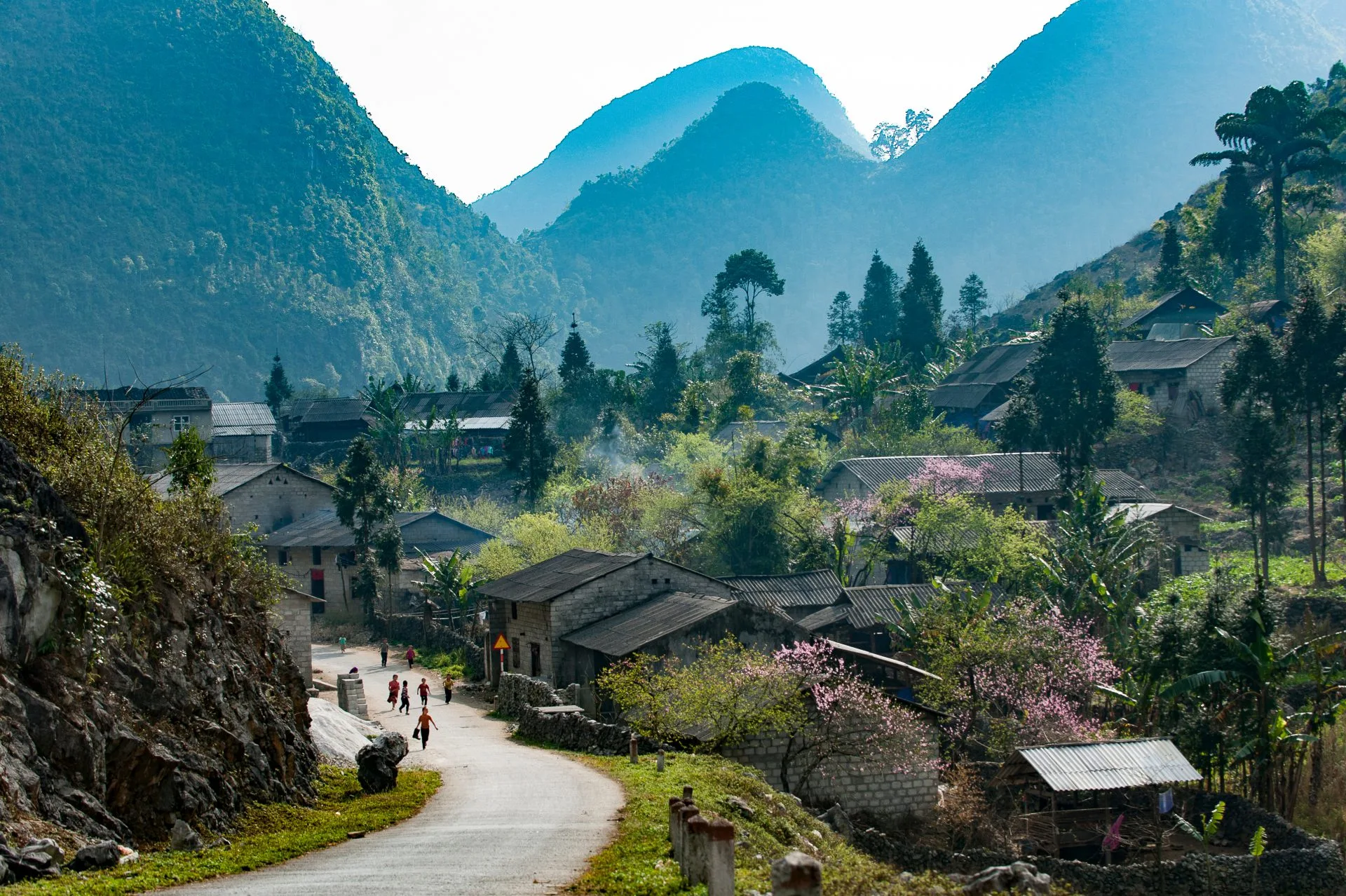


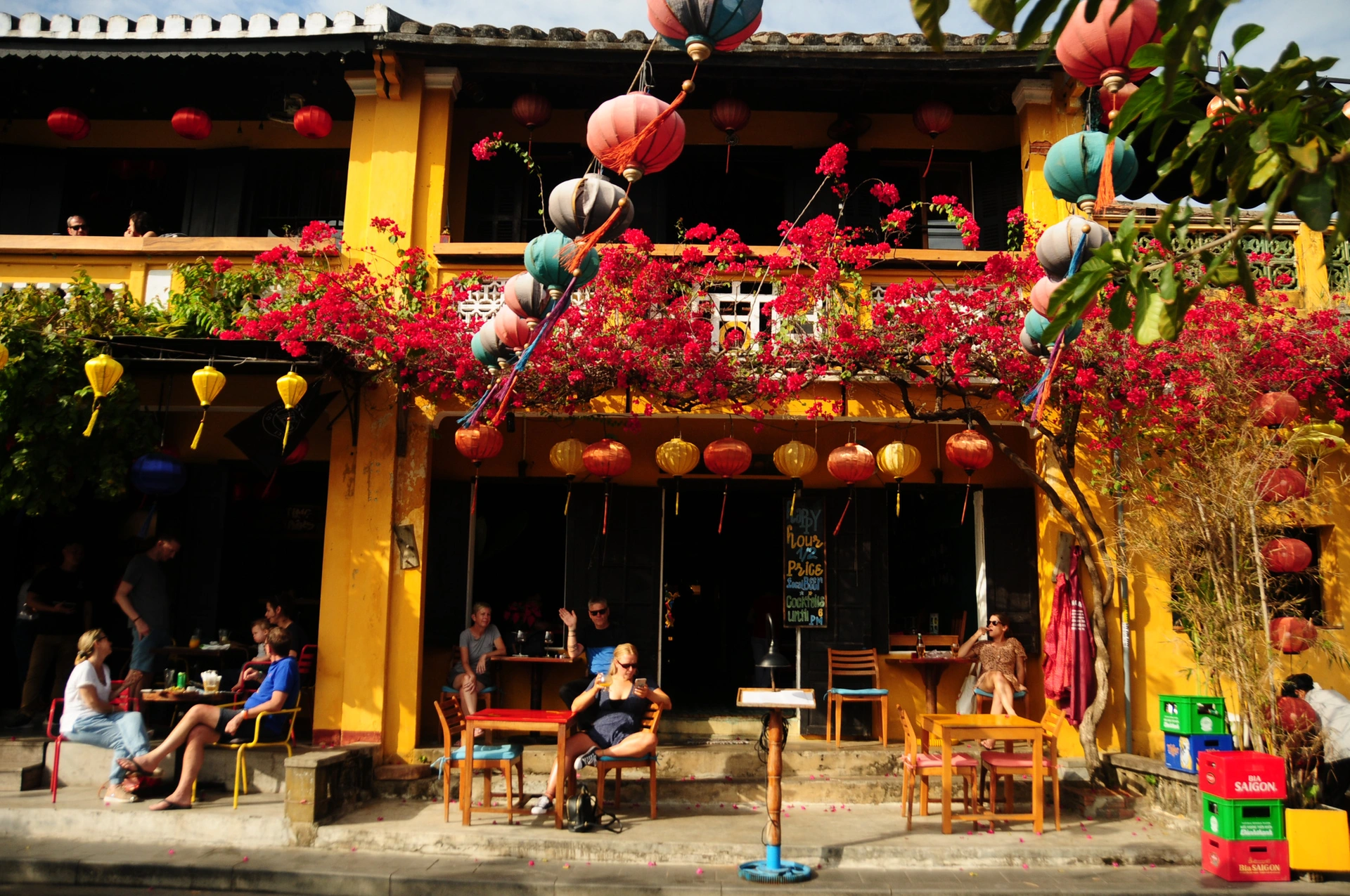
Photo: Shotgun/Shuter stock
July and August - Choice for sea lovers
July to August is the busiest time of the year for tourists to Vietnam. This is also the time when the weather is favorable in the central coastal waters. Demand for flights is skyrocketing, and room rates can increase by up to 50% at resorts such as Da Nang and Nha Trang.
But this is not the ideal time of year to visit the north, when the walking trails turn into bogs. Hanoi or Ha Long Bay often has heavy rain.


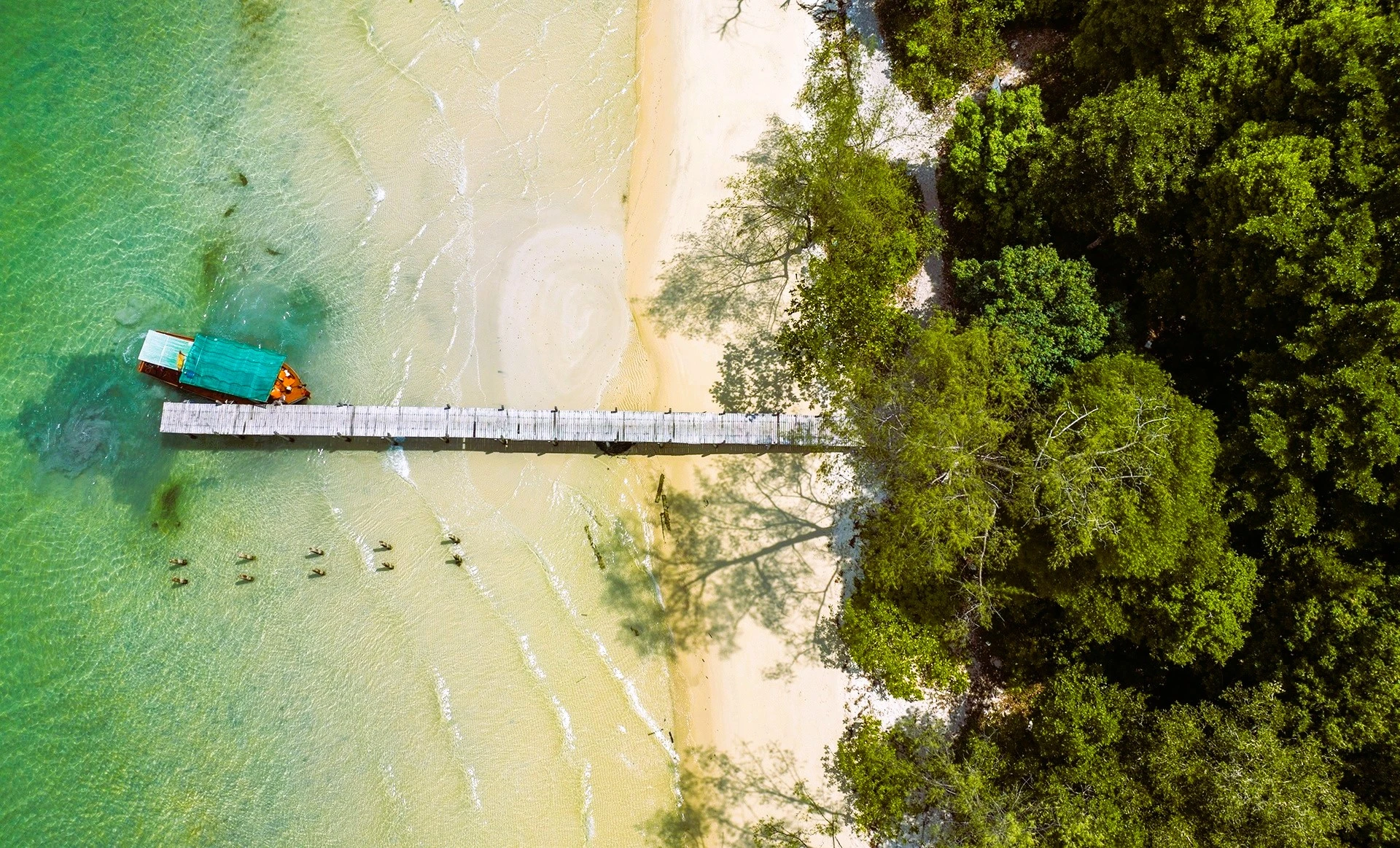

Photo: Shutter stock/Sixsen Con Dao
December to March - Ideal for exploring Hanoi and Ho Chi Minh City
Winters in Vietnam tend to be drier and cooler than sticky summers. The weather is usually very cold in the north, especially in the mountains. However, this is the perfect time to explore Hanoi and Ho Chi Minh City because the temperature does not fluctuate much and the humidity is low.
If you want to discover more about Vietnam, this is also a great time to visit the Mekong Delta and Phu Quoc Island, with its warm temperatures and clear blue skies.
One obstacle during this time is the Lunar New Year, which usually takes place in late January or early February. The large number of people moving caused transportation and hotel prices to skyrocket.
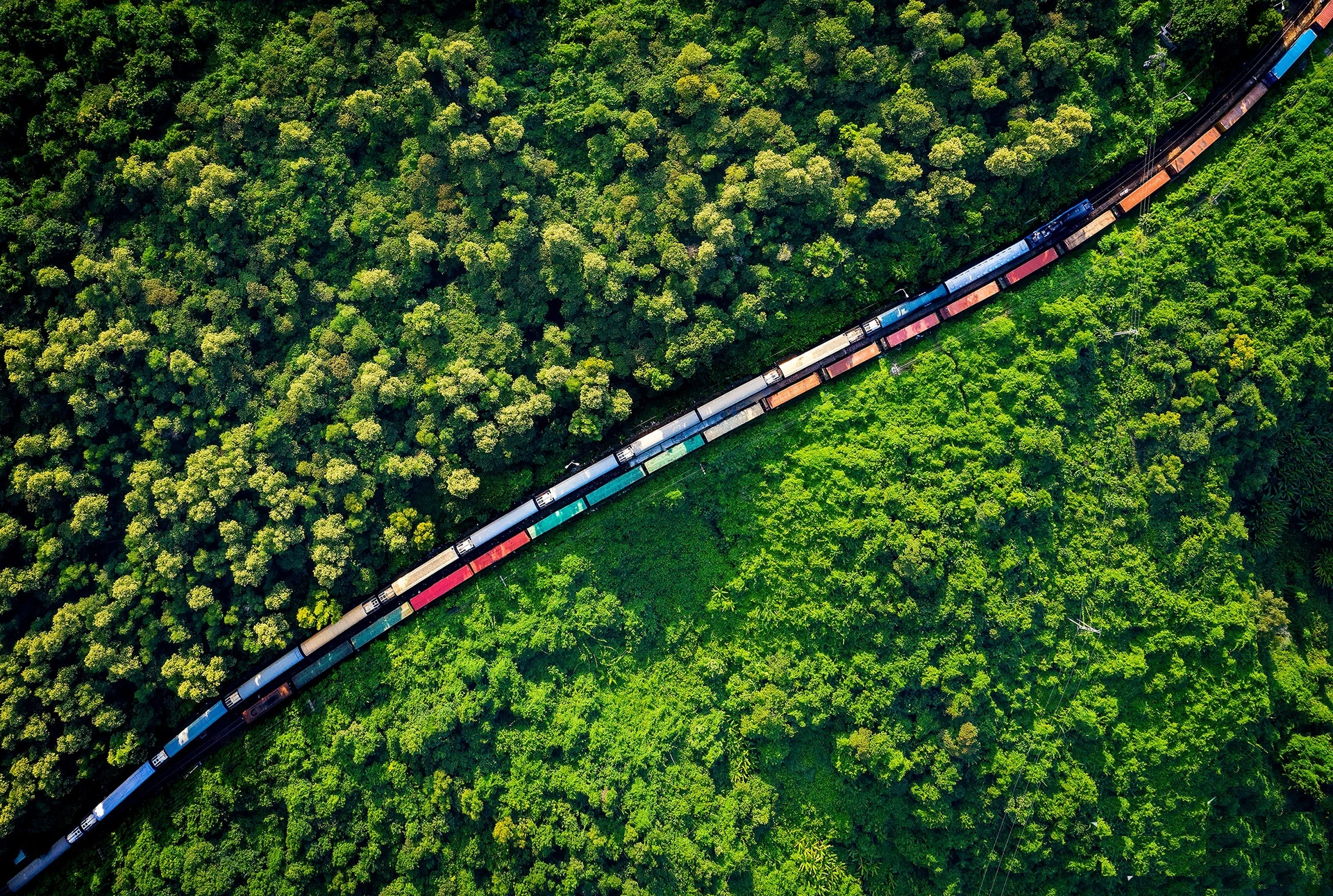


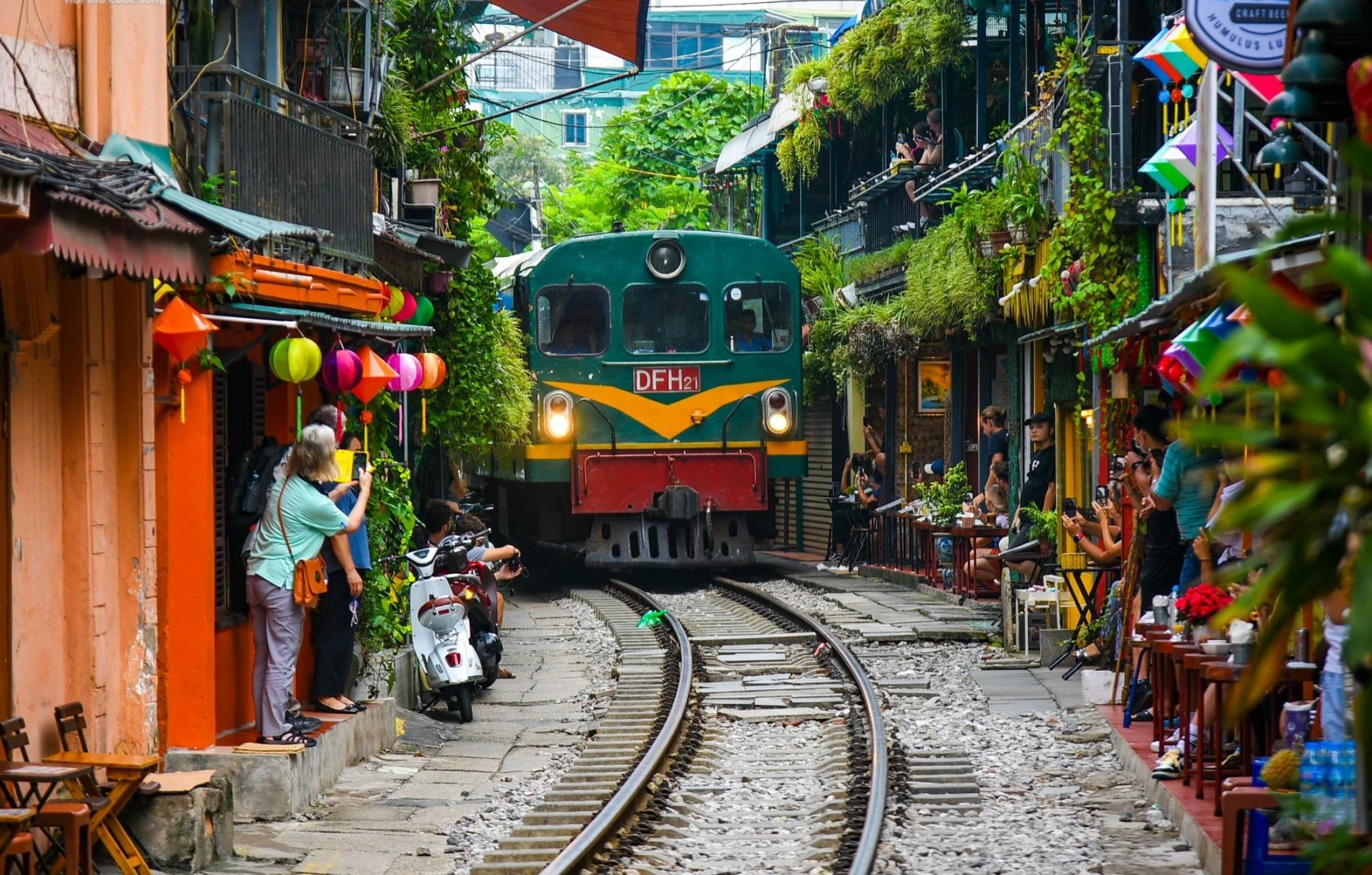
Photo: Shutter stock/Oxalis/Yamaha
April to June and September to November - Avoid the crowds
The low season in Vietnam coincides with the transition from cool and dry winters to hot and humid summers and vice versa. From April to June and from September to November, the weather is often erratic but rarely extreme. Visitors may have sunny days, but there will also be rainy days, so be prepared for both dry and wet weather.
These transitional periods are a good time to avoid the crowds at the attractions, save money, and explore the country, as the weather isn't too bad anywhere. The period between October and November is particularly favorable for exploring the islands and rocky outcrops around Halong Bay, with more dry days than wet days and mild temperatures.
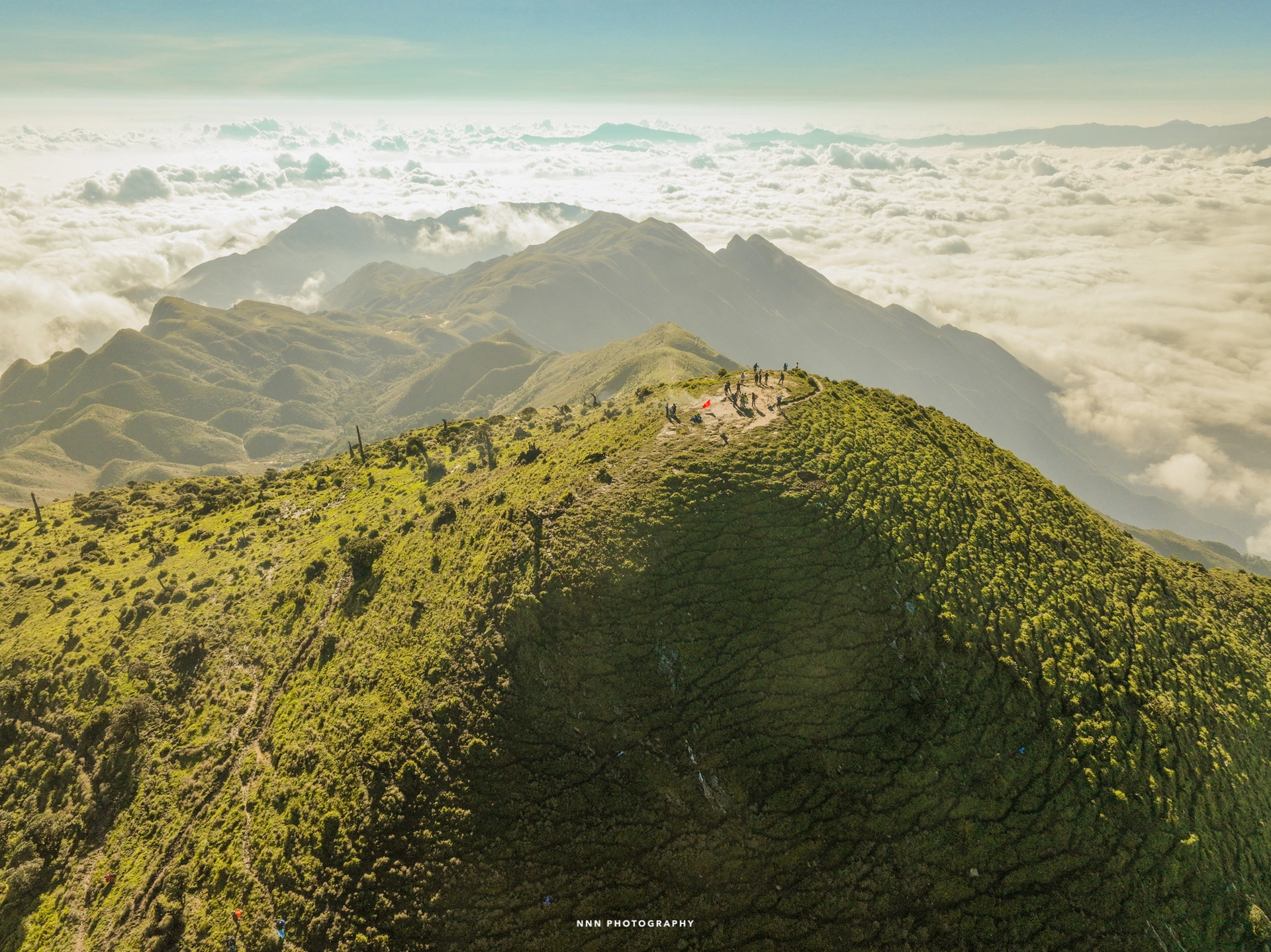

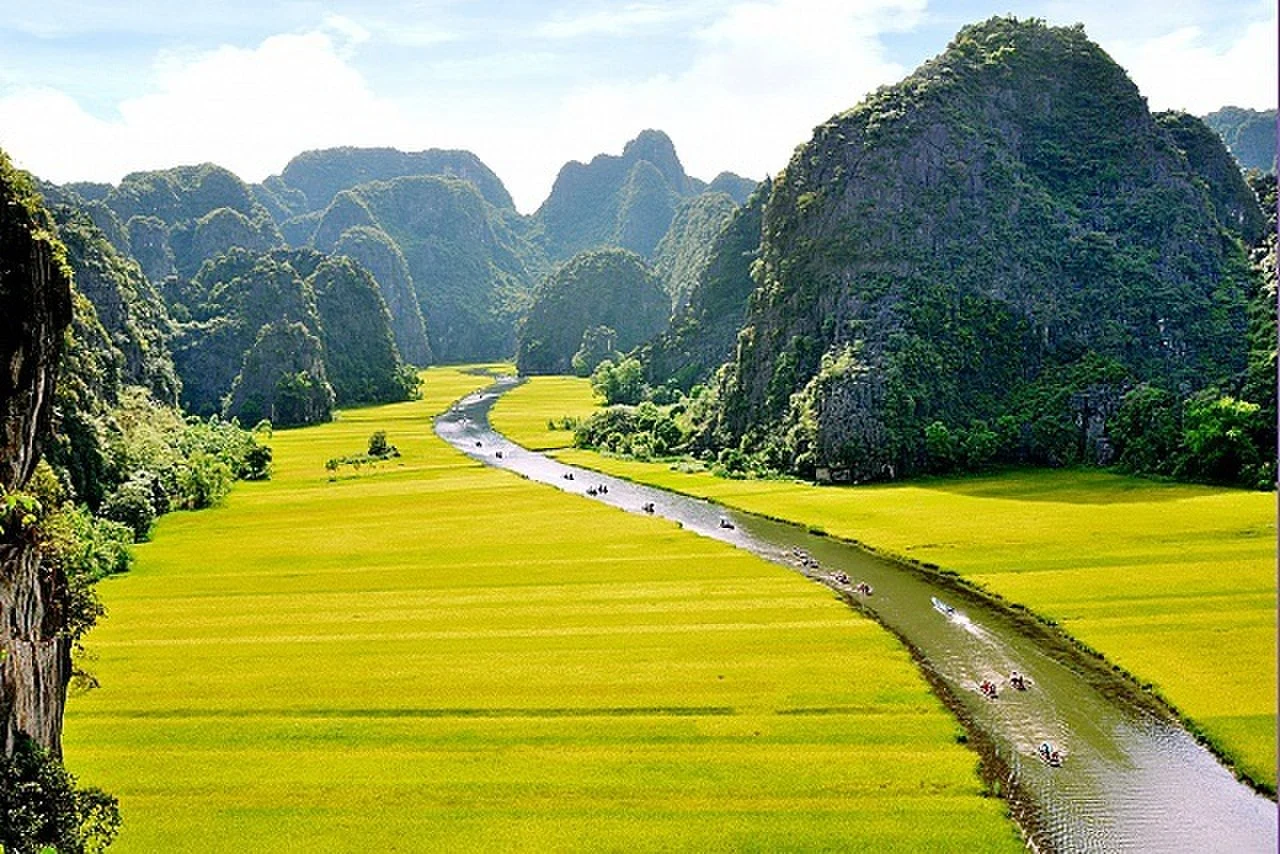

Photo: Shutter stock/NNN photo
Storm season - Full of difficulties
In theory, hurricane season in the Pacific Northwest lasts from May to November. But in Vietnam, the greatest risk of storms is from August to September. On average, the country suffers from 4-6 storms per year, characterized by heavy rains and strong winds. Sometimes severe storms lead to flooding and traffic disruptions, especially by air and sea.
The areas most affected by the storm are the southern coast and the northern coast (including Halong Bay). The weather tends to be the harshest near the coast, you may experience heavy rain and unusual power outages.
Don't forget to enjoy countless delicious dishes all over Vietnam!



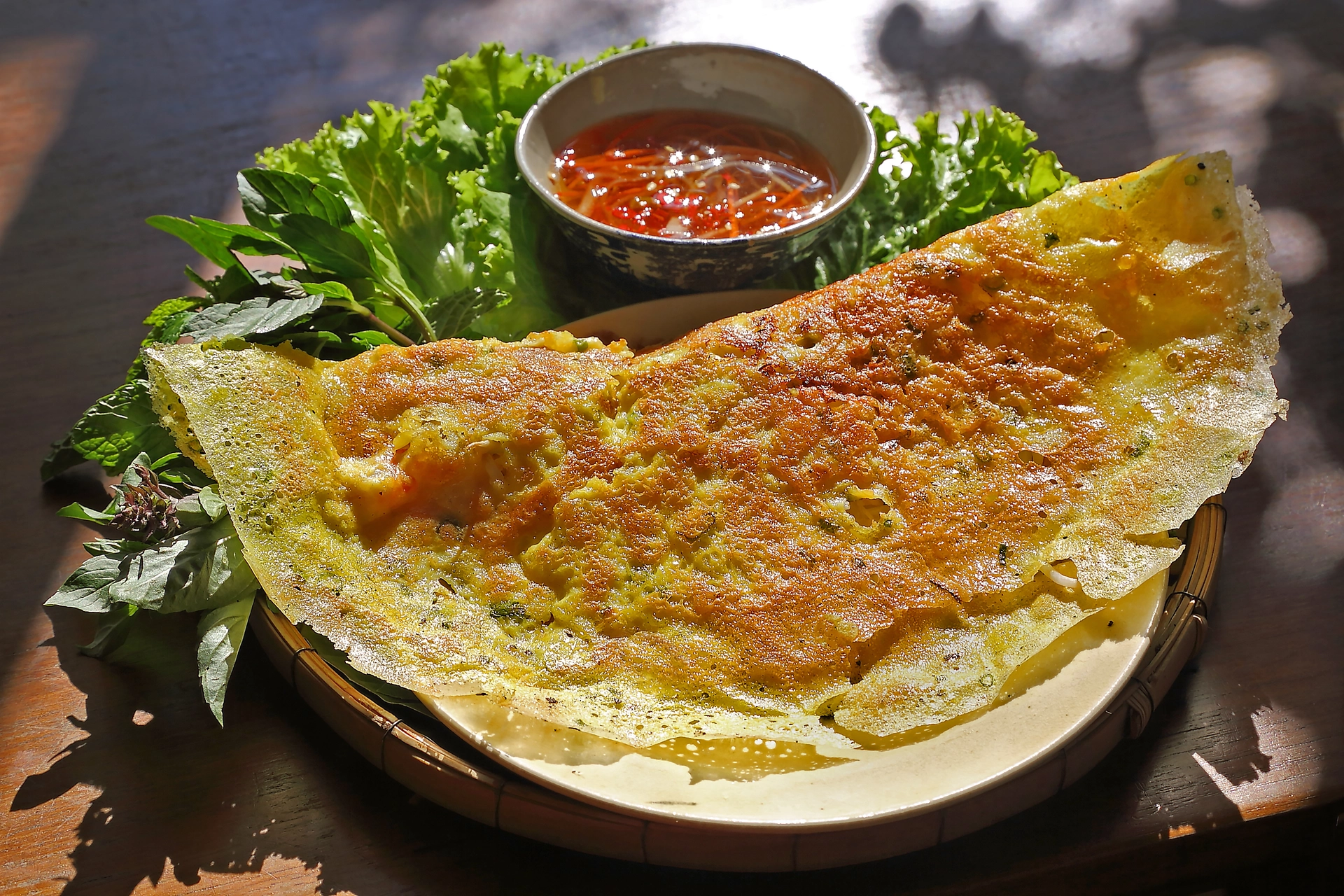
Photo: Dan Tri, VnE, Sutterstock
TLonely Planet pigs
